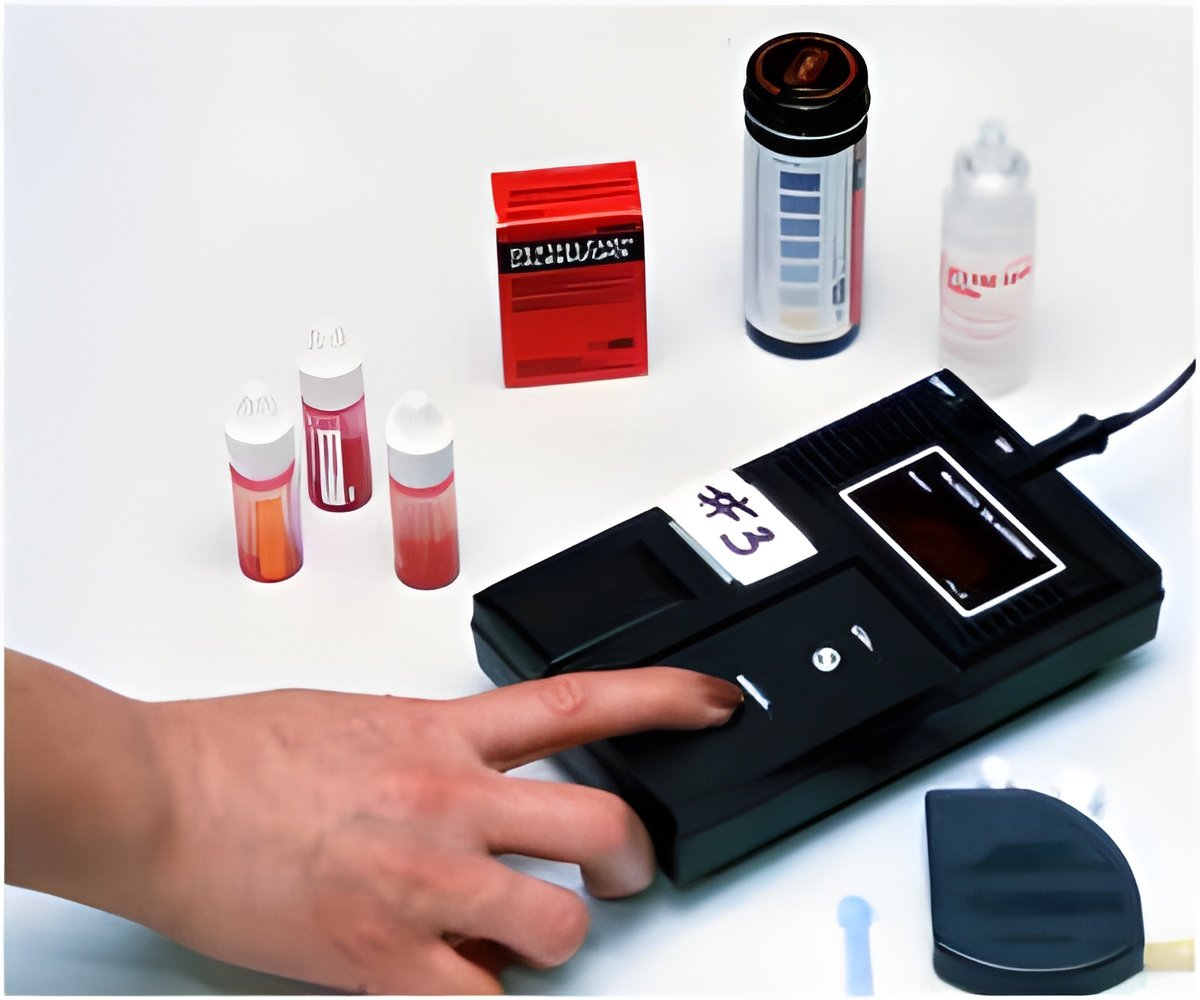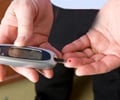
The new technique uses a cell conditioning solution originally developed to trigger reproduction of cells from the lining of the intestine.
"Until now, there didn't seem to be a way to reliably make the limited supply of human beta cells proliferate in the laboratory and remain functional. We have not only found a technique to make the cells willing to multiply, we've done it in a way that preserves their ability to make insulin," said Michael McDaniel, PhD, professor of pathology and immunology.
Lead author Haytham Aly, PhD, a postdoctoral research scholar, reported on his work with beta cells and was approached by Thaddeus Stappenbeck, MD, PhD, associate professor of pathology and immunology, who studies autoimmune problems in the gut.
Stappenbeck had developed a medium that causes cells from the intestine's lining to proliferate in test tubes.
The ability to produce large quantities of human beta cells in the laboratory gives the researchers hope that they could one day be transplanted into patients with type 1 diabetes.
Advertisement
The findings are now available online in PLOS ONE.
Advertisement









